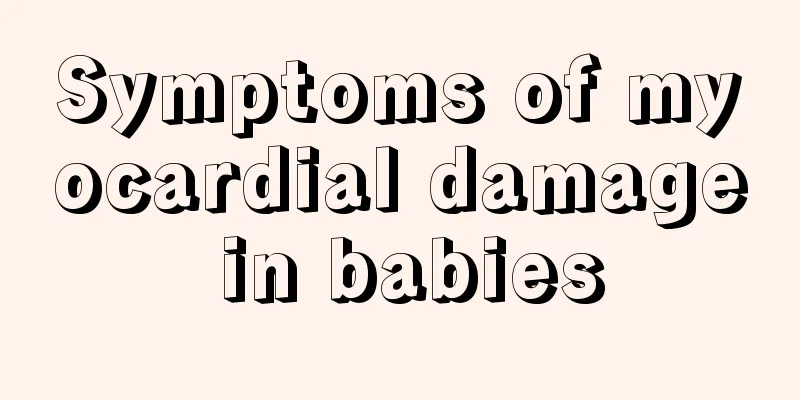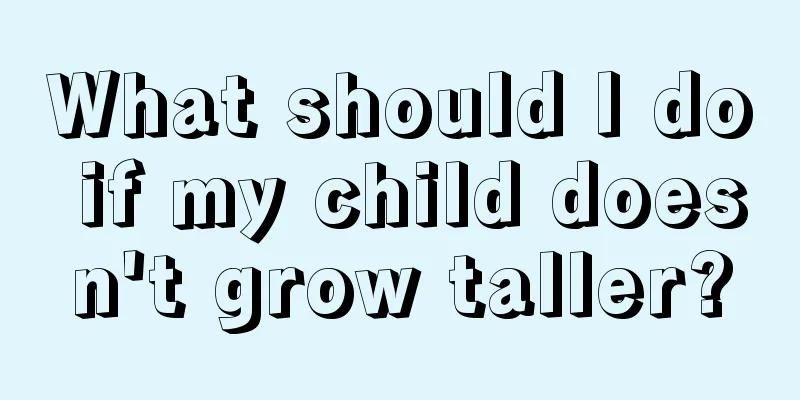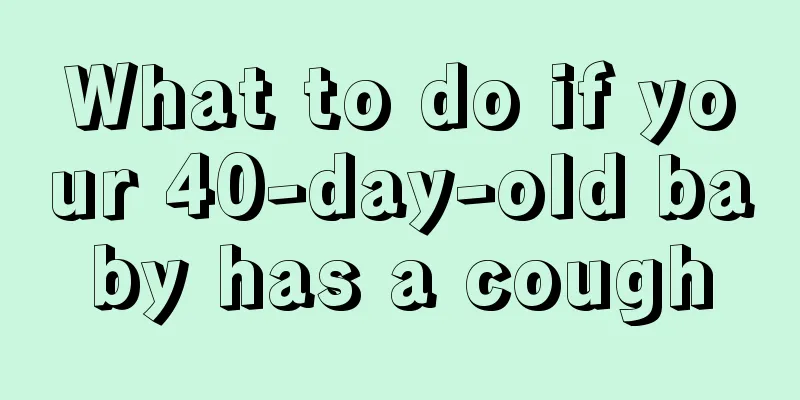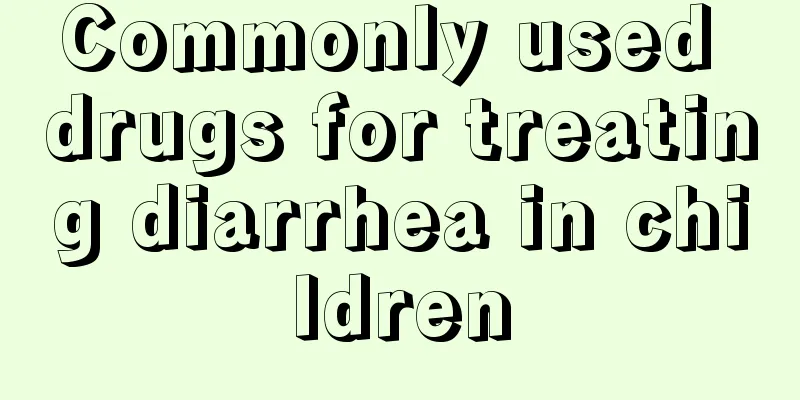Why do children's palms itch?

|
We all know that children are lively and active by nature, but they always encounter some health problems in life. Among them, many children always feel that the palms of their hands are very itchy, so they can't help scratching them with their hands. In fact, the general cause of children's itchy palms is due to some fungal infections or eczema and other diseases. When such symptoms appear, parents are always particularly distressed and anxious, so they will blindly use some drugs to relieve the baby. In fact, this approach is very wrong. We must grasp the cause and then prescribe the right medicine. Let's understand why children's palms are itchy. Why do children's palms itch? Tinea manuum, commonly known as tinea manuum, is caused by fungal infection. People with tinea manuum will often feel itchy, and papules, blisters, erythema and desquamation will appear on the skin of their hands. Initially it is a small patch, then the damage gradually expands with clear boundaries. Over time, the skin on your hands will become rough, dry, thickened, and may also crack and bleed. However, if symptoms such as itchy hands and peeling occur, it cannot be said that it is definitely tinea manuum. There are many other skin diseases that can also cause symptoms of itchy hands and peeling, such as eczema, psyllium, contact dermatitis, exfoliative keratolysis, etc. Careful identification should be made, otherwise diagnosis and treatment will be delayed. 1. Eczema often occurs on the palms and is symmetrical on both hands. The skin lesions are polymorphic, with papules, blisters, erosions, exudates and crusts coexisting, often with two to three of them being predominant. Changes in the disease are closely related to the seasons, and are also related to diet and rest. Exposure of the palms to irritants such as water and soap will aggravate the damage. Fungal examination was negative. 2. The occurrence of dyshidrotic eczema has obvious seasonality, mostly occurring at the turn of spring and summer and healing on its own in winter. It mainly occurs in young people. The skin lesions are also symmetrically distributed, mainly in the form of blisters, which occur in batches and can be seen on the palms, sides and fingertips. After the blisters dry up, they peel off to reveal new skin, often accompanied by varying degrees of itching and burning sensation. The occurrence of this disease is related to poor sweating or allergic reaction, and fungal examination at the lesion is negative. 3. Contact dermatitis is caused by contact with allergenic substances. It is an allergic reaction of the skin with a clear history of contact. Skin lesions occur at the contact site, with clear boundaries and relatively consistent morphology, mostly characterized by erythema and edema. In severe cases, blisters and bullae may be seen. The symptoms will gradually subside and eventually heal after the contact is severed. Local fungal examination was negative. 4. Exfoliative keratolysis is a superficial exfoliative skin disease of the palms and soles, often accompanied by localized hyperhidrosis and prone to occur in warm seasons. The skin lesions mainly affect the palms and soles, are bilaterally symmetrical, and appear as small white spots formed by loose keratin and thin paper-like scales that are easily peeled off. The skin underneath is normal and itching is not obvious. Fungal examination was negative. It is recommended that you go to the hospital for further examination to find out the cause and receive targeted treatment. The above is an introduction to why children's palms are itchy. After understanding it, we know that there are many reasons why children's palms are itchy. For example, children's hands often sweat and are prone to dyshidrotic rashes or eczema. Therefore, when such symptoms appear, we must ensure that the baby's hands are clean. In addition, we must take the baby to the hospital for examination, use medication under the guidance of the doctor for adjustment, and make sure the baby eats more vegetables and fruits in the diet. |
<<: What are the causes of cerebral palsy in infants and young children?
>>: What is good to eat for children with gastroenteritis?
Recommend
Is it necessary for children to attend early childhood education?
In order to enable their children to learn more k...
On which day is chickenpox most serious in children?
There are actually many infectious diseases aroun...
What should I do if my baby has white coating on his tongue?
Many mothers have a lot of things they don’t unde...
What causes children’s hands and feet to sweat?
Sweating of hands and feet can be divided into ma...
Is it right to check blood when the baby coughs?
Coughing is a common disease among humans. This d...
Children's poop looks like snot
Children's immunity is weaker than that of ad...
What to do if your child grinds his teeth while sleeping at night
In fact, families with children will have discove...
What should I do if my child keeps hiccuping?
After the baby is born, the mother is very concer...
Can children drink Astragalus?
Astragalus has the effect of curing diseases and ...
What are the causes of fever in children?
Of course, we need to pay attention to the causes...
What to do if your child has incomplete brain development
Every parent hopes that their baby can be smart a...
Two-year-old baby swallowed the date pit
Red dates have many benefits, including nourishin...
What are the sequelae of a 5-year-old child having a fever and convulsions?
We all know that children will have resistance as...
Why does a four-month-old baby suck his fingers?
At some point, some parents will find that their ...
Why is the palm of a three-year-old baby hot?
Generally speaking, if a three-year-old baby simp...









